全聚德(始于1864年的百年老店)
- Shop 10.41, 644 George Street, 2000, Sydney, NSW, Australia
关于 全聚德(始于1864年的百年老店)
Quanjude has an outstanding culinary heritage since its establishment in 1864.
Quan (全) means perfection without a flaw, Ju (聚) means gathering without departing, and De (德) means virtues to be supreme.” Therefore, Quanjude together implies perfection, union, and benevolence.
Quanjude restaurant chain sells over 2 million Peking ducks served in 400 different styles to over 5 million customers annually.
Quanjude was established in 1864 during the Qing Dynasty under the reign of the Tongzhi Emperor. Although Peking Duck can trace its history many centuries back, Quanjude’s heritage of Peking duck preparation – using open ovens and non-smoky hardwood fuel such as Chinese date, peach, or pear to add a subtle fruity flavour with a golden crisp to the skin – was originally reserved for the imperial families.
The first Quanjude manager, Yang Renquan, who started out selling chicken and ducks, paid a retired chef from the palace for the imperial recipe. Soon after, Quanjude began to serve Peking duck from the imperial kitchen to the common masses. Yang Renquan opened his first, small Dejuquan (德聚全, the three characters being reversed from the current name) inside Yangrou Hutong in Qianmen (前門), which at the time was one of the busiest areas in Beijing. His restaurant became an instant success and has since grown into the current branch in Qianmen that employs over 400 staff members and can occupy 900 guests at one time. The Qianmen restaurant, along with the many other Quanjude branches, together form one of the largest food enterprises in the nation.
On 19 August 1966 Red Guards from 2nd, 25th and 63rd Middle Schools raided the restaurant, smashing the original antique restaurant sign and replacing with a modern one reading “Beijing Peking Duck Restaurant” as part of the Cultural Revolution “Smash the Four Olds” campaign. The name was changed back to Quanjude on February 9, 1980.
ORIGIN OF THE NAME
When Yang Quanren, founder of QJD first came to Beijing, he did business of chicken and duck transaction on the meat product market street outside Qianmen. As he was skilled in selling ducks, Yang Quanren’s business became more and more flourishing. Every day, when Yang Quanren set up the stall in the meat product market, he would pass a dried fruit shop called “Dejuquan”. In spite of the bright signboard, the shop’s business went from bad to worse and was close to close-down. Sharp-sighted Yang Quanren seized the chance and took out all his savings to buy this shop.
With his own shop, what name should it be given? Yang Quanren invited a geomancer for consultation. The geomancer said this shop was located in a geomantic treasure land, but it was quite unlucky in the past and the back luck was difficult to get rid of, unless the old name “Dejuquan” was reversed into “QJD”, which would get rid of the bad luck and helped the shop set foot on a smooth way. The name “QJD” was exactly to Yang’s own heart. On the one hand, the character “quan” was included in his name; on the other hand, “jude” meant gathering good virtues, which could advertise that he was honest in doing business. After the shop name was confirmed, he then asked a scholar gifted in calligraphy to write the characters “QJD”, which were then made into a golden inscribed board to hang above the door head. The characters are vigorous, forceful and eye-catching, which further glorified the shop.
ONE HORIZONTAL IS OMITTED IN “德”
After Yang Quanren, founder of QJD opened the shop, he asked a scholar called Qian Zilong to write the inscribed board. Through lots of trials and hardships, through several dynasties, this board has been there for more than 130 years. But have you noticed that on this board, one horizontal is omitted in the character “德”? Why? Let’s guess.
Some people guess: when Yang invited Qian, they had a drink together. Knowing Qian was good at calligraphy, Yang immediately took out writing tools for Qian to inscribe. As Qian was a little drunk, he forgot to write the horizontal in the character “德”.
Some guess: when Yang started his business, he totally employed 13 clerks, and with the addition of him, there were totally 14 people. In order to make all the staff unite to work together, he asked Qian to omit one horizontal, showing that everyone shouldn’t be selfish. Hearing this, you may question: can’t the addition of the horizontal better show unselfishness?
Certainly, all these are assumptions and legends. What is the true reason? Back to more than 1000 years ago, similar to polyphone, the character “德” had two styles of writing. The horizontal could be either kept or omitted. This can be proved from the calligraphy works of famous calligraphers in dynasties of Tang, Song, Yuan, Ming and Qing. For example, in the imperial calligraphy Great Learning written by Emperor Kangxi, which is now standing in Beijing Imperial College Confucian Temple, the horizontal in “德” is omitted. Another example is the character “德” written by artist Zheng Banqiao in the Qing Dynasty, which either has the horizontal or omits the horizontal. This proves that in the past, two types of writing are both correct in the character “德”.
In order to maintain the original appearance of the inscribed board, the character “德” omitting the horizontal has continued to use.
QUANJUDE MINIATURE MUSEUM
QJD Exhibition Center is a magnificent picture mixing the old and glorious civilization with modern atmosphere. It tells visitors about its management idea of “good virtues first”, perfect duck roasting techniques, brilliant and gorgeous Chinese food culture rooted in traditional Chinese culture and unique charm of a national brand. The century-old inheritance of QJD is a miniature of the growth and development of Chinese contemporary commerce, catering industry and national brands, and it has witnessed the change of times of modern China.
GOOD REPUTATION SPREADS AROUND THE WORLD
With the elaborate management of Yang Quanren, the business of QJD became more and more flourishing. He often went to hang around in various roast duck shops in order to search for secrets of roast ducks and seek for masters of roast ducks. He spared no effort to invite Master Sun from Jinhua Palace, who specially made roasted ducks in stoves for imperial meals. Master Sun transformed the original stove into a hanging stove with high and wide body, which could hold more than 10 ducks at a time. Besides, while roasting, ducks could be put in for renewal. With his efforts, the roast ducks are beautiful in appearance, full in figure and bright in color. With a purplish red color, crispy skin and soft meat,, it is fragrant, delicious, fat but not greasy, thin but not skinny. Thus, it has won QJD the reputation that “nothing is better than the roast duck among all cuisines in Beijing”.
One who fails to reach the Great Wall is not a hero; one who fails to eat roast ducks of QJD will be regretful. With its special charm, QJD has attracted lots of heads and important politicians around the world, well-known celebrities and tourists at home and abroad. Many famous people have left their precious photos or calligraphy after dining here, including national or regional leaders and politicians from more than 200 counties or districts like Ghali, former Secretary General of the United Nations, Bush, former American President and Kohl, Chancellor of Germany; dozens of artists or sports celebrities such as Carreras, King of Singing, pianist Yanni, and international chess master Karpov.
During his lifetime, Prime Minister Zhou Enlai entertained foreign guests in “QJD” for 27 times. Former American president, Bush was particularly fond of “QJD”. Every time he went to China, he would visit “QJD”. Known for roasted ducks in stoves, QJD has developed into a time-honored brand with “full-duck feast”, which was honored as “Chinese No. 1 Cuisine”.




 4 votes
4 votes
Shop 10.41, 644 George Street, 2000, Sydney, NSW, Australia
相关信息
-
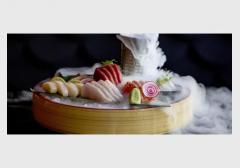 Sokyo亚洲料理 - Pyrmont (NSW) -
Sokyo亚洲料理 - Pyrmont (NSW) -Head Chef Chase Kojima and his team use the finest local produce to create an imaginative menu of sashimi, tempura and melt-in-the-mouth meats cooked over the robata grill. And with its own fusion of uber-cool ambience and eclectic energy, Sokyo is a...
-
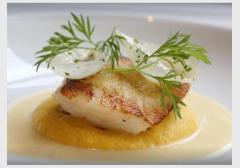 Tetsuya's亚洲料理 - Sydney (NSW) -
Tetsuya's亚洲料理 - Sydney (NSW) -An art-filled house overlooking a Japanese garden, offering an acclaimed French-Asian tasting menu.
-
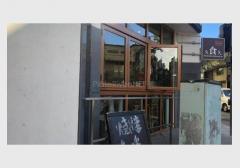

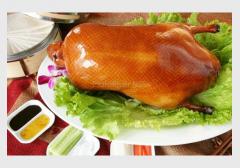
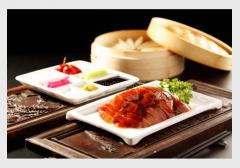
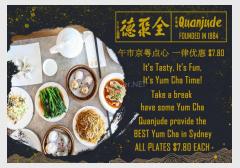
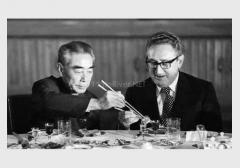
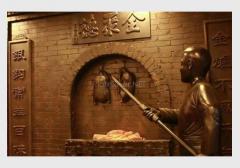
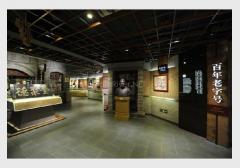
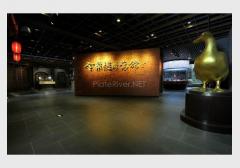
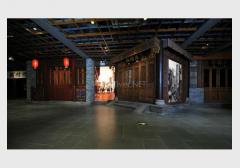
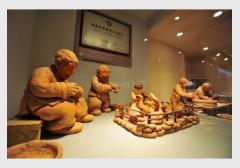
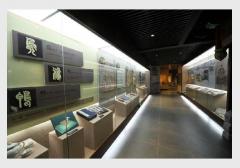
 Loading
Loading





发表点评